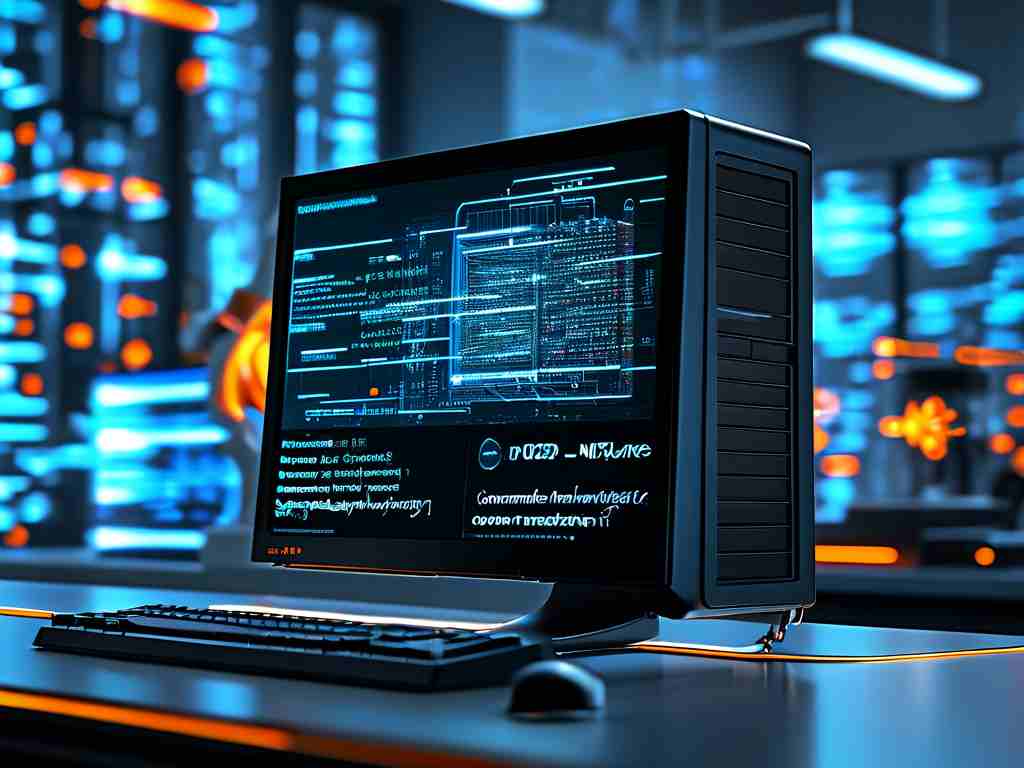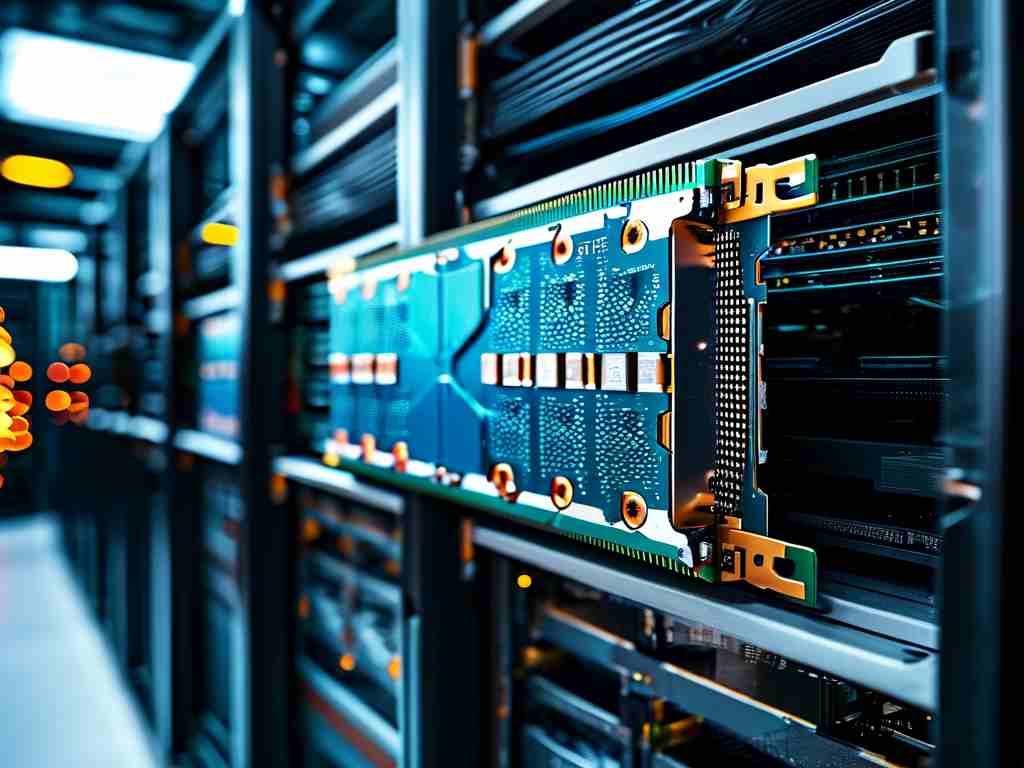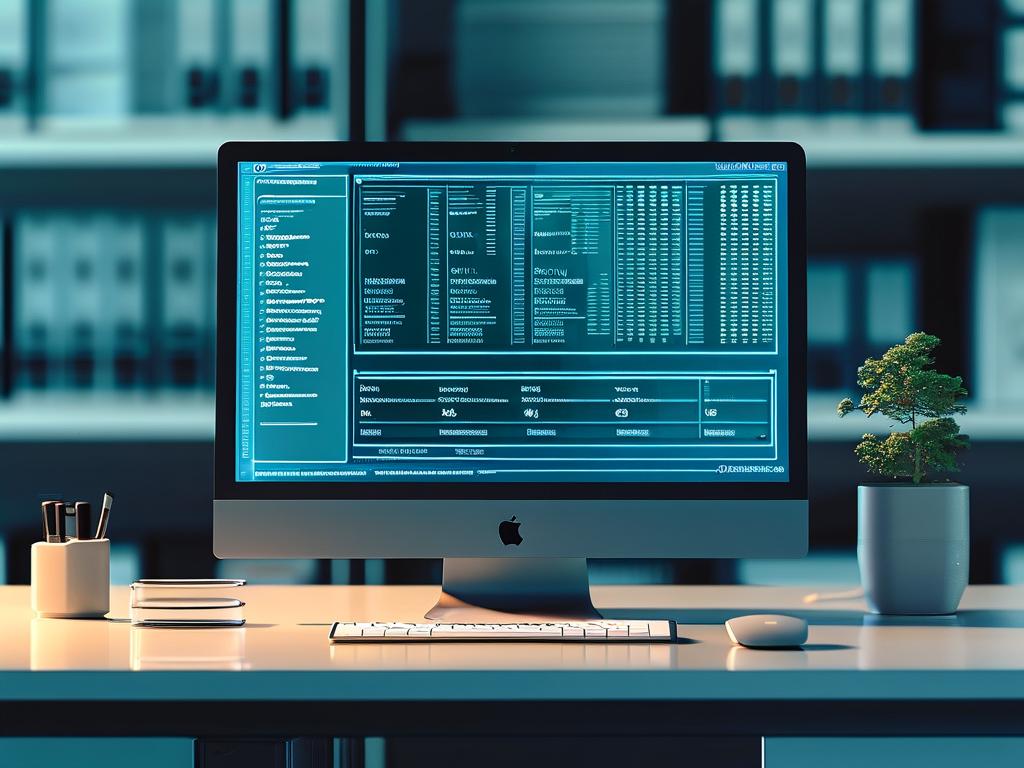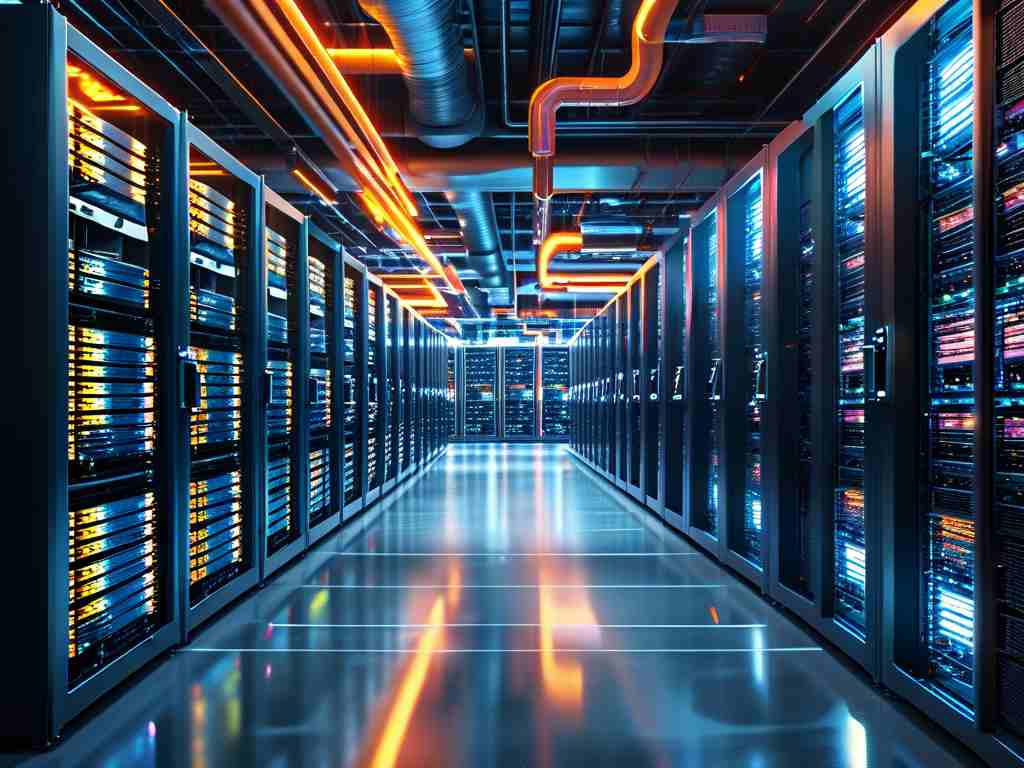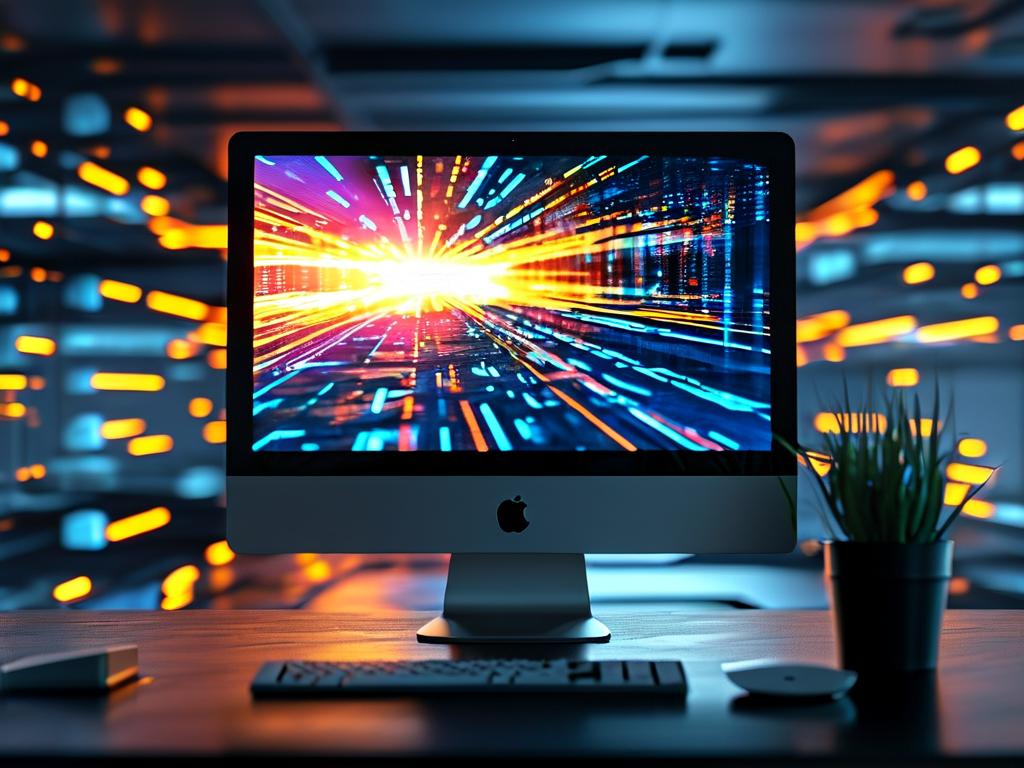As gaming experiences become increasingly immersive, managing system resources efficiently has emerged as a critical challenge for players. Modern titles like cyberpunk-themed RPGs and open-world adventures demand substantial memory allocation, making specialized game management software essential for maintaining smooth gameplay. This article explores practical methods for leveraging memory cleanup tools while preserving hardware longevity.

The Memory-Gameplay Connection
Every action in digital gaming – from rendering dynamic shadows to processing NPC behaviors – consumes RAM. When multiple applications run concurrently with games (e.g., streaming software or chat platforms), memory saturation occurs. This manifests through frame drops during critical combat sequences or prolonged loading screens when entering new zones.
Game management utilities address these pain points through three core functions:
- Real-time memory monitoring via dashboard widgets
- Automatic background process termination
- Customizable cleanup schedules triggered by memory thresholds
Technical Implementation
Advanced tools employ memory compression algorithms that temporarily store less-critical data in compressed formats. The pseudocode below illustrates a basic cleanup logic:
def optimize_memory(game_process):
idle_apps = detect_non_essential_processes()
for app in idle_apps:
if app.priority < game_process.priority:
app.suspend()
execute_memory_defragmentation()
adjust_virtual_memory_allocation()
This script demonstrates how quality software intelligently prioritizes gaming processes while handling secondary applications.
User Configuration Strategies
Experienced gamers recommend these optimization practices:
- Set cleanup triggers at 75% memory usage for 144Hz gameplay
- Whitelist critical voice chat applications
- Schedule deep cleans during natural breaks (e.g., between multiplayer matches)
Third-party benchmarks reveal that proper configuration can reduce texture pop-in by 40% and improve loading speeds by 28% compared to default Windows memory management.
Hardware-Software Synergy
While software solutions enhance performance, physical components remain fundamental. Pairing cleanup tools with dual-channel RAM configurations yields 15-20% better results than single-module setups. For DDR5 users, enabling XMP profiles alongside memory management software creates synergistic performance boosts.
Advanced Techniques
- Profile Stacking: Create multiple optimization profiles for different game genres
- API-Specific Optimization: Separate settings for DirectX 12 and Vulkan titles
- VRAM Management: Coordinate system RAM cleanup with graphics card memory flushing
Competitive esports athletes often combine these methods with registry tweaks, achieving sub-1% frame time variance during tournaments.
Maintenance Considerations
Regular software updates ensure compatibility with new game engines. When Assassin's Creed Mirage launched, early adopters discovered that updating their memory manager resolved stuttering caused by the game's procedural crowd system. Monthly driver updates from GPU manufacturers similarly enhance cleanup tool effectiveness.
Implementing robust game management software transforms memory optimization from reactive troubleshooting to proactive performance enhancement. By understanding the relationship between memory allocation patterns and gameplay requirements, users can eliminate bottlenecks before they impact immersion. As cloud gaming and ray tracing technologies evolve, intelligent memory management will remain crucial for harnessing hardware capabilities fully.


